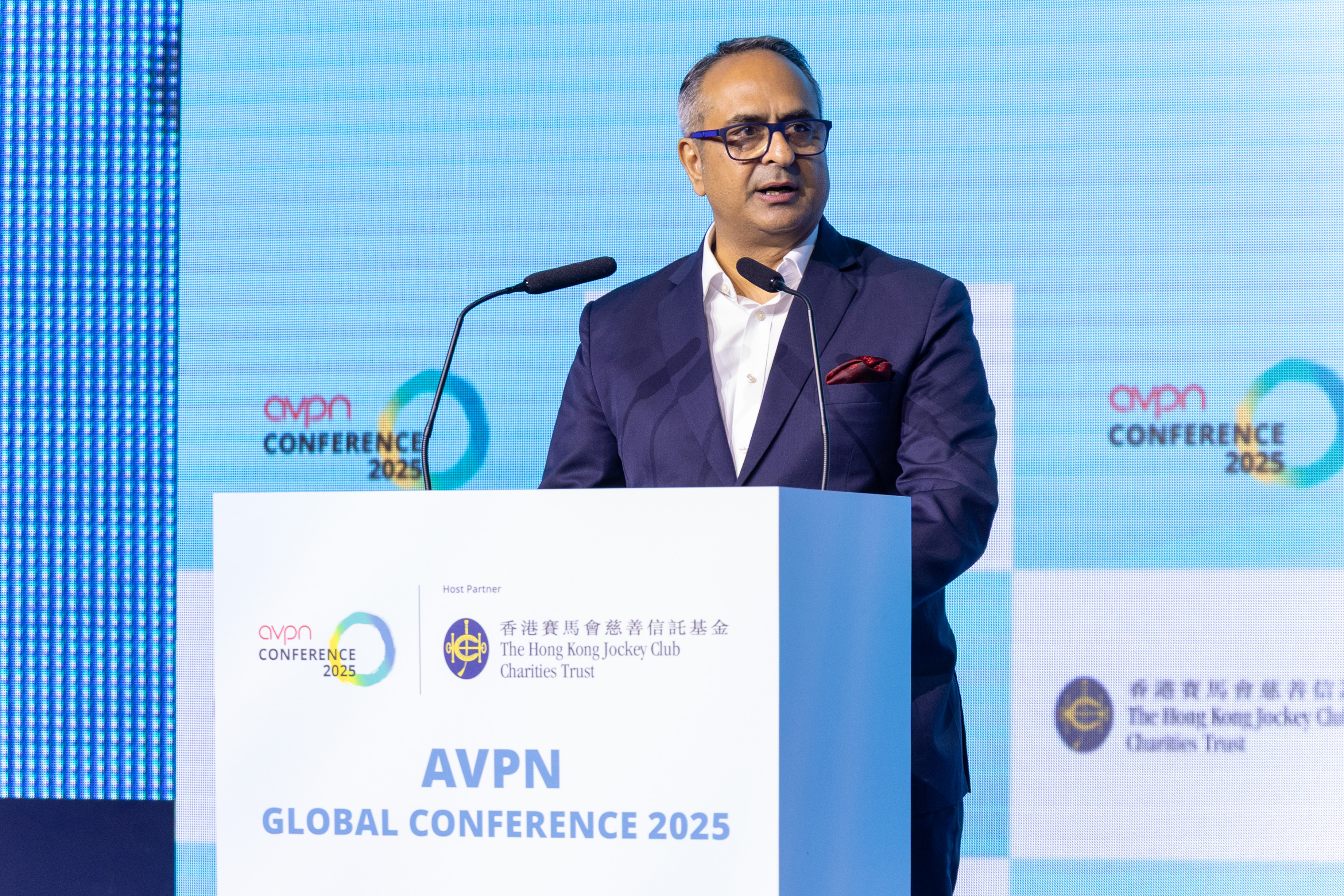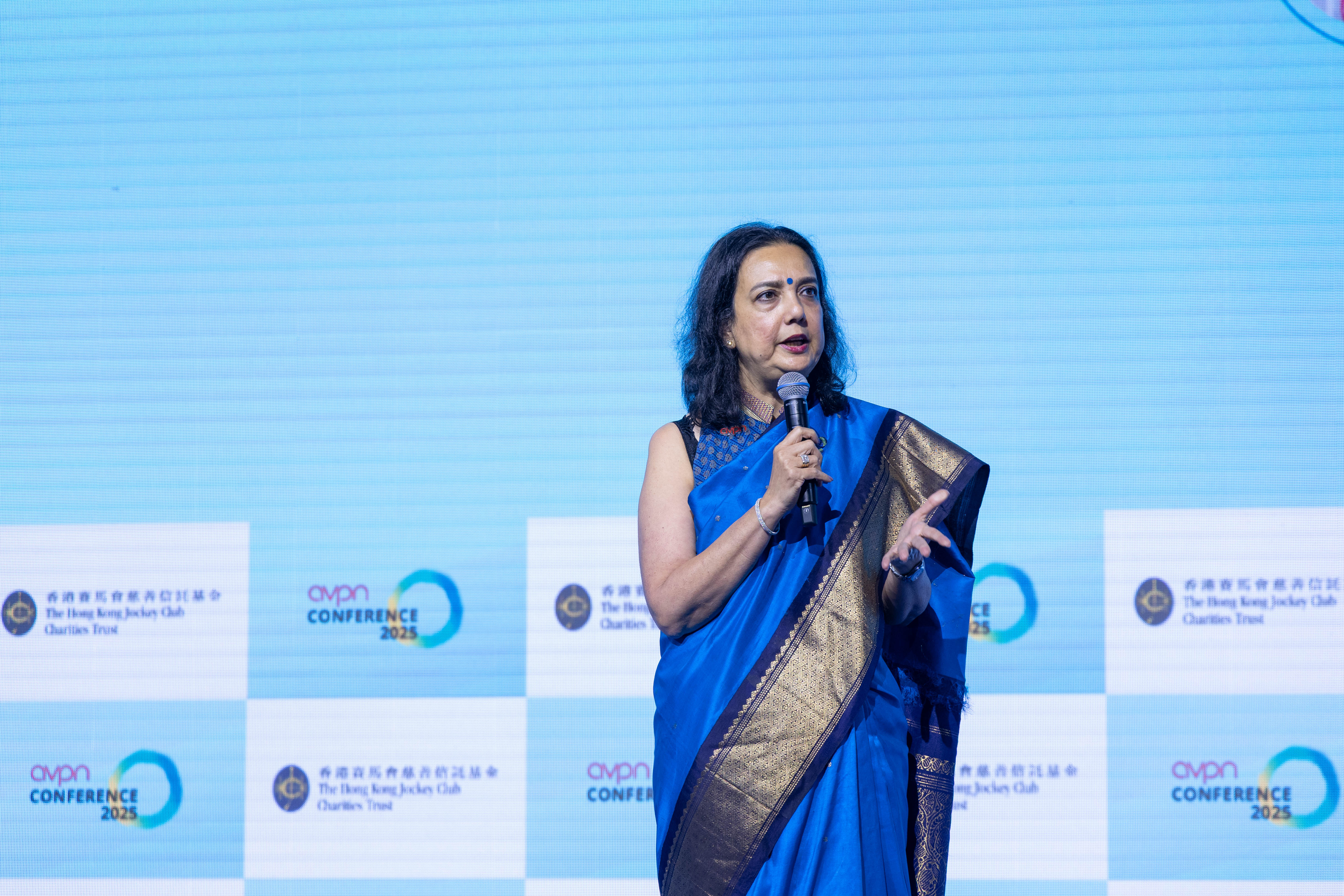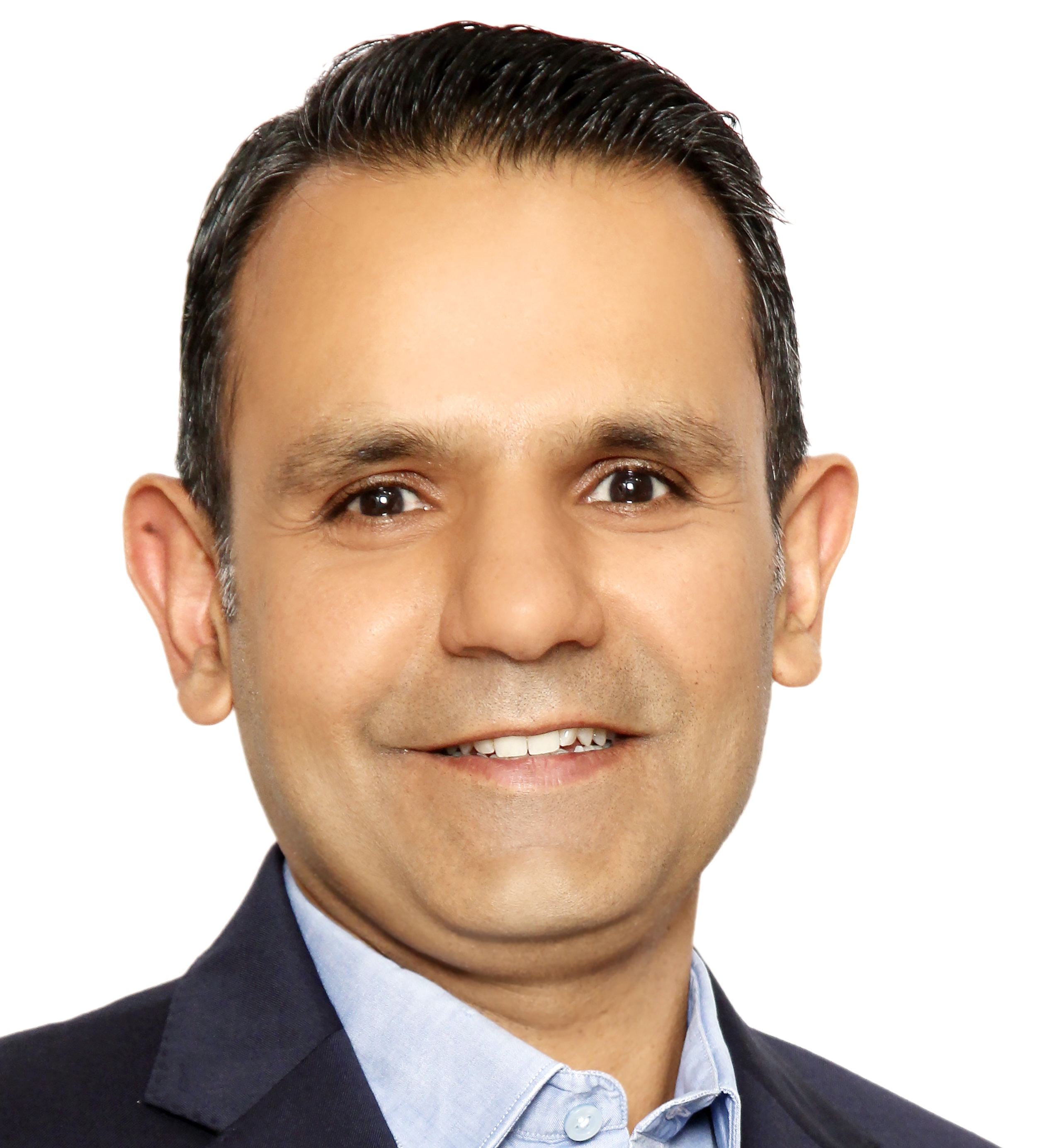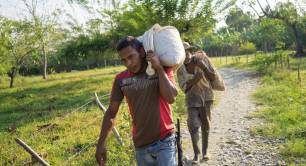Finding catalytic capital: Asia’s big challenge
In the wake of foreign aid cuts, and in its drive to become a world leader in impact investing, Asia needs to find its own sources of catalytic capital to attract more private investment to impact. Where will it come from, and how do we get there, were key questions at the AVPN conference 2025.
To meet the UN sustainable development goals, Asia would require US$1.5tn of investment each year. The challenges are mounting: poverty, inequality, climate change. In the wake of foreign aid cuts from high-income countries – in particular the scrapping of programmes from USAID, the US’s development agency – existing pots of money are shrinking and the need becomes more acute.
At the AVPN conference last week, Asian organisations were clear they have ambitions to develop the region’s nascent impact investing market and even become a global leader in the practice.
Given the scale of investment needed, delegates at the Hong Kong gathering were adamant: this will only be achieved by mobilising private sector investment at scale, using blended finance structures – where catalytic or concessional capital with lower returns or higher risk is used to attract private capital towards impact investments.
“The buzzword in the ecosystem is finding that catalytic capital provider. Everyone's talking about it,” Vikas Arora (pictured below), chief impact investing and blended finance officer at AVPN, tells Pioneers Post.

Currently, two-thirds of the catalytic capital in blended finance deals comes from high-income countries’ aid agencies, and finding Asian sources of catalytic capital doesn’t come without challenges.
“What we see today is that there's no shortage of capital, but there's probably a shortage of bankable deals, deals that can actually make a positive return [as well as creating impact],” says Arora.
Following years of strong (yet uneven) economic growth, Asia now has plenty of money ripe to be invested in impact: it now sits on a “vast pool of long-term capital”, Abdul Rasheed Ghaffour, governor of Malaysia’s central bank, told the AVPN conference last week. “Our region is associated with a high savings rate, state-run pension systems, sovereign wealth funds, and family-owned conglomerates. These have both the capacity and the mandate to think in decades, not quarters.”
The buzzword in the ecosystem is finding that catalytic capital provider
However, Arora adds, to create impact investment opportunities attractive to a private sector that requires commercial rates of return, “we probably need a pool of capital to come in first which takes a first loss orientation, which has a longer lead time for seeing returns. So it is very critical for us to find that pool of capital so that we can crowd in more private sector capital”.
For him, funding could come from two main sources: philanthropists and grant-makers, and family offices – which manage a large part of Asia’s wealth.
‘Ice cream shops’

Philanthropic giving is rooted in local culture across the continent: it starts with individuals donating to a neighbour in need, a family member or their local temple, church or mosque; at the other end of the scale, large foundations and the wealthy have a tradition of giving back to communities. “We give because it's something we've done all our lives,” says AVPN CEO Naina Subberwal Batra (pictured above).
But combining this tradition of giving with the concept of investing for returns, even if it means driving impact at scale, isn’t straightforward.
Subberwal Batra takes a challenging view: for her, philanthropic money is not where catalytic capital should come from. “We are trying to attract investment dollars. Investment capital is looking for philanthropic capital to underwrite its risk – that is not the job of philanthropic capital. Philanthropic capital, at this point, needs to fund where no one else is funding.”
If you really look at the chatter around blended finance, we'll all be blending. We might as well set up ice cream shops here
Too often, blended finance structures are channelling capital towards projects that are already investable. She adds: “Look at what is happening in our day and life. You have children dying every minute in Gaza. We're all sitting and watching this play out in front of our eyes... That is where philanthropic dollars need to go, where no one is going… It cannot be underwriting an infrastructure investment for a bank or for a large multilateral.”
She concludes: “If you really look at the chatter around blended finance, we'll all be blending. We might as well set up ice cream shops here.”
Like Subberwal Batra, philanthropists and family offices often feel uneasy about providing discounted or high-risk capital in a blended finance deal to attract private investors who expect market-rate returns, as it looks like subsidising someone else’s profits, explains Kevin Teo, AVPN’s chief technology officer. As a result, early conversations have struggled to gain traction. “I don't think we've got that right at this stage,” he says. “It needs a different narrative.”
Arora acknowledges that blended finance “does gel as a concept, but in reality, there is pushback”. He explains the key is to find the right catalytic capital provider, which focuses on the end goal – multiplying its impact by leveraging private sector money – rather than on the specifics of the deal.
- Read more: Opinion: Blended finance isn’t perfect, but it’s essential
Driving systemic change
 Ritesh Thakkar (pictured), senior advisor and head of Asia Pacific at global network Convergence, says there is a need for capacity-building for philanthropists, to help them understand how providing concessional money to a for-profit structure can support their broader theory of change.
Ritesh Thakkar (pictured), senior advisor and head of Asia Pacific at global network Convergence, says there is a need for capacity-building for philanthropists, to help them understand how providing concessional money to a for-profit structure can support their broader theory of change.
It is something where networks like AVPN can play a role, he adds, by showing examples of foundations or family offices that have successfully used their catalytic capital to contribute to “something much larger at a systemic level, which can then transform a non-commercially viable sector in a commercially viable area”.
One other obstacle is that “the whole Asian landscape is so fragmented”, Thakkar says. Funders, especially the philanthropists in the region, tend to want to target specific geographies or issues with their investment – say, mangrove conservation in the Philippines – which makes projects unlikely candidates for a blended finance deal that seeks to scale private investment mobilisation.
Public-backed sources of finance, such as aid agencies and governments, remain by far the largest providers of catalytic capital, so engaging Asian policymakers is important – and their appetite is growing. While traditionally, most of the concessional capital in blended finance transactions has come from OECD countries' development aid, Thakkar says there is “rising interest” for the practice among non-OECD countries.
In Asia, examples include blended finance platform Fast-P in Singapore, to which the government has committed US$500m in concessional funding, or ALTÉRRA fund in the UAE, which started with US$30bn in catalytic funding from public sources with a target to mobilise up to US$250bn in private investment towards climate solutions.
You will find fund managers now who are fundraising in Asia, which you didn't find five years ago
On the commercial side, Asian private investors increasingly stand ready to invest in impact. “It's not that they're taking discounted rates of return, they're taking rates of returns that are acceptable for the impact investing industry,” Batra said, but impact money no longer exclusively comes from Europe and the US. “You will find fund managers now who are fundraising in Asia, which you didn't find five years ago,” says Batra. “And that is the change.”
Will the proponents of blended finance convince enough funders of the multiplying power of their concessional capital for greater impact? “It’s easier said than done,” says Arora. “But do we have to keep talking about it? Yes.”
Top image: Salman Khan of the Paraplegic Center Peshawar (Pakistan), a member of the International Society of Wheelchair Professionals, which was funded by the now-defunct US aid agency, USAID. Credit: Salman Khan/Paraplegic Center Peshawar/USAID.
| Ready to invest in independent, solutions-based journalism?
Our paying members get unrestricted access to all our content, while helping to sustain our journalism. Plus, we’re an independently owned social enterprise, so joining our mission means you’re investing in the social economy. |




